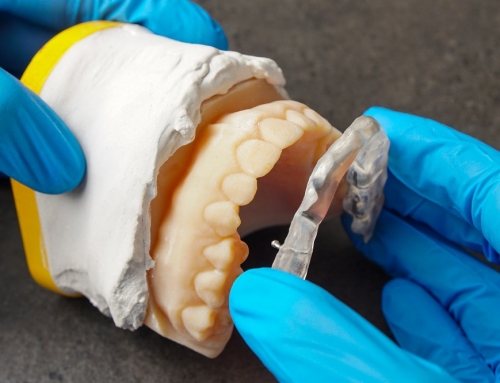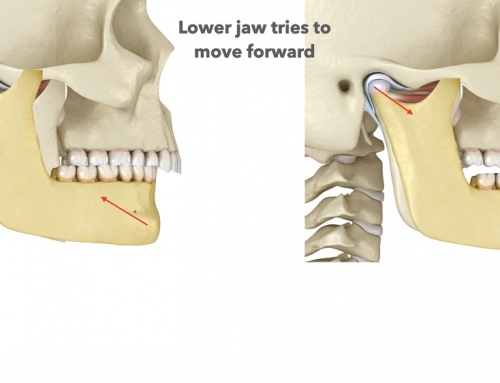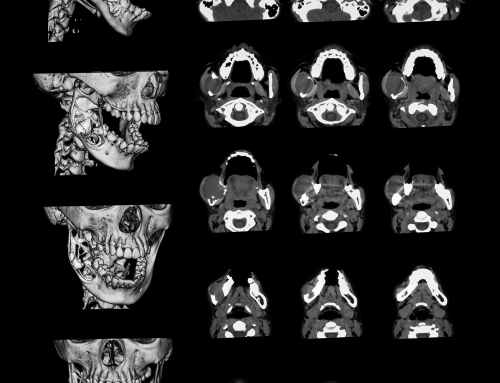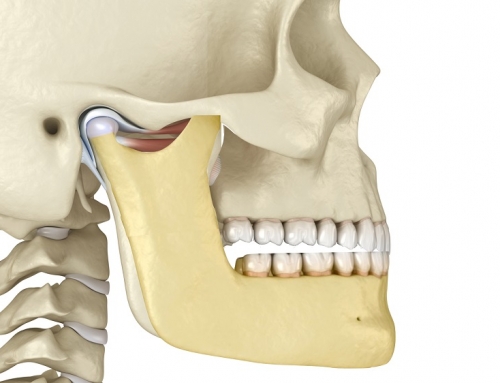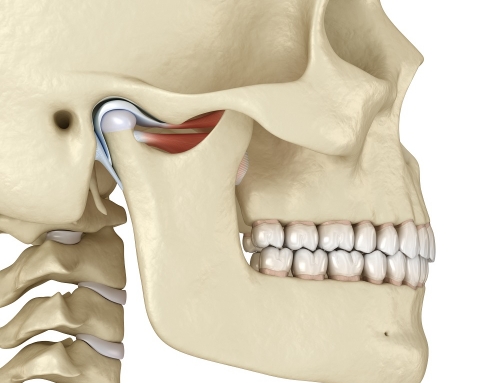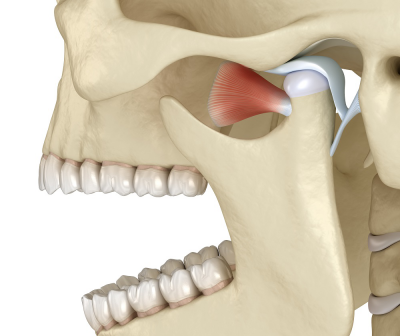 Range of Motion
Range of Motion
One of the most important keys that often gets missed in TMD patients is a deviation on one of these movements, especially when opening and closing. Jaw deviation with opening is usually due to the restricted motion of the injured joint, while the other side moves normally. This is most often caused by a displaced or damaged disc. The opening is not symmetrical and the jaw will deviate towards the injured side. In addition, the presence of a click indicates a disc displacement with reduction, whereas absence, in a deviation on opening, suggests a disc displacement without reduction.
Opening Movements include the patient’s ability to open to their maximum comfortably and measuring this – this is known as passive opening. At maximum passive opening, the clinician can then gently push the patient further with slight pressure on the mandibular centrals to assess active opening. A normal range of motion opening is between 40-60mm. An opening below 35mm is considered restricted, and one above 65mm is considered excessive.
Lateral movements are measured to determine the mandible’s ability to slide side to side. A normal movement left or right should be about 25% or 10 mm or more to each side. Restricted horizontal movement is considered when the patient slides less than 10mm.
Pain on range of motion assessment is another indicator of TMD and requires further investigation. It is also important to assess whether the pain is sharp or dull, and whether it only occurs in specific movements, or lingers afterwards.
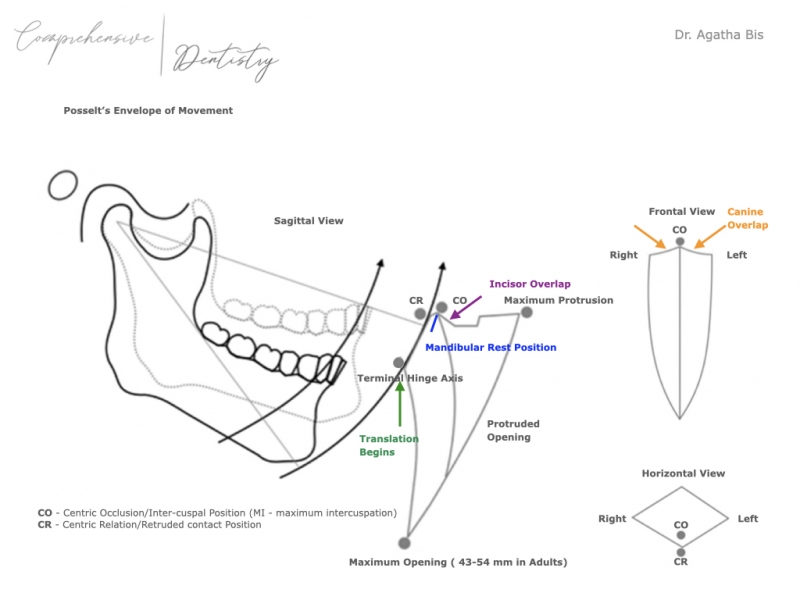
Range of Motion
A patient’s range of motion is an important component of a TMJ examination. It allows the clinician to measure and assess the mandible’s ability to move in 3 dimensions, and do so without pain or discomfort. Assessment includes vertical movement on straight open and close; horizontal movement on lateral side to side motion, and protrusive movement to assess the mandible’s ability to slide forward.

